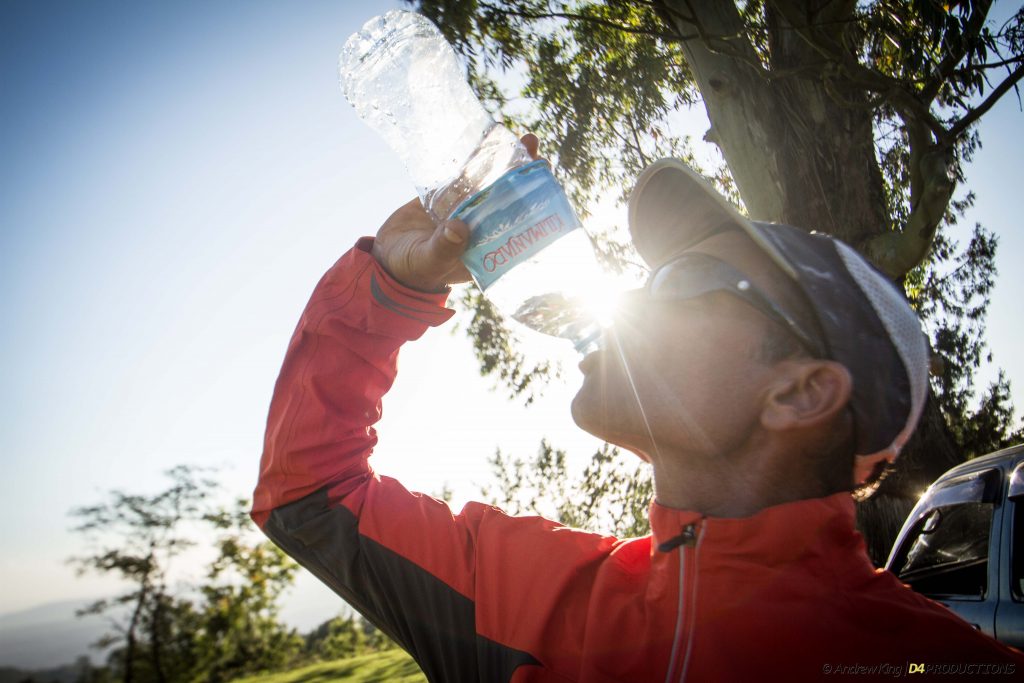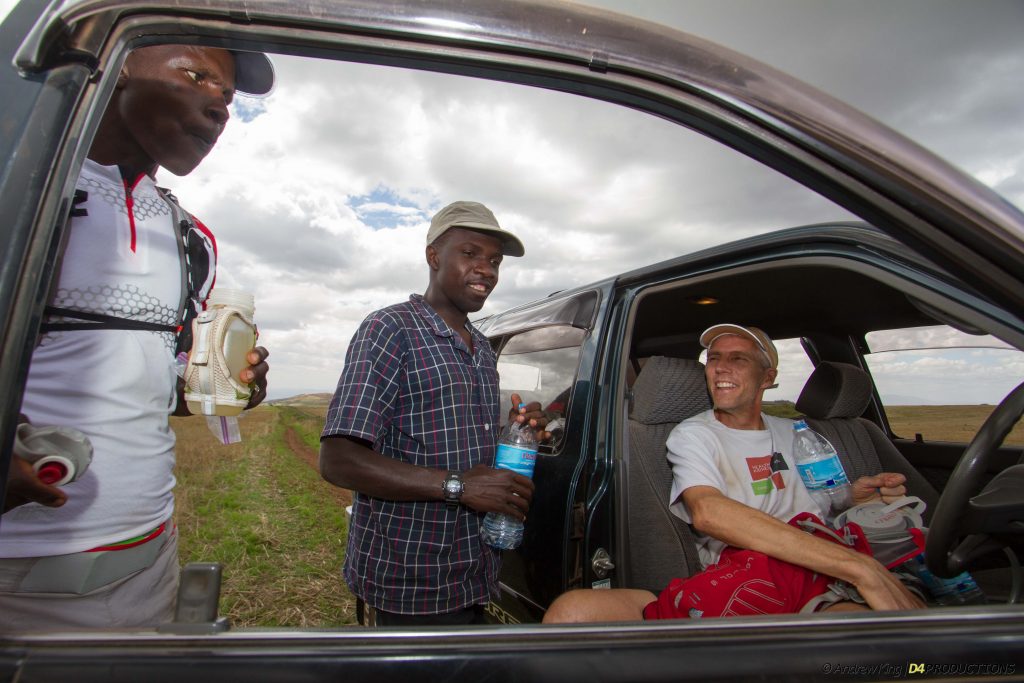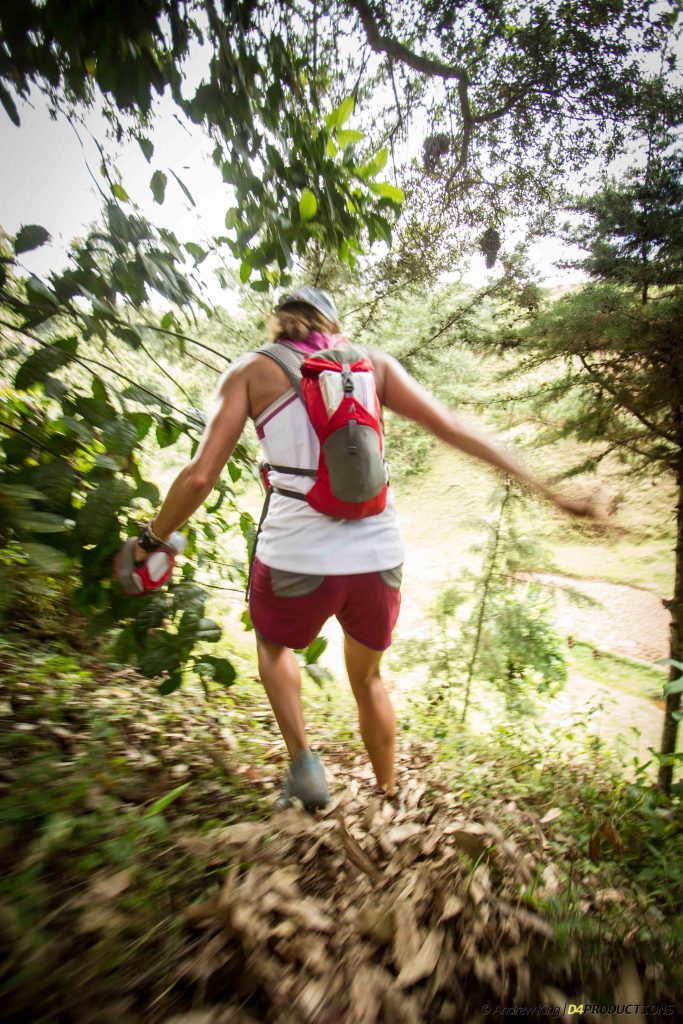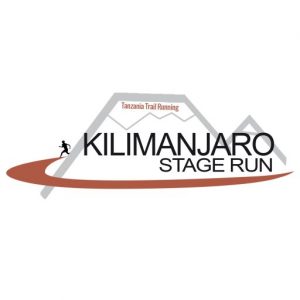Jun-2018
Hydration on the Kilimanjaro Stage Run
 The Kilimanjaro Stage Run is an extreme running challenge for several reasons: the distance, the elevation gain, the accumulated running over several days, and the unfamiliar environment and culture. There is one other very important challenge that runners need to manage but many take for granted: their hydration. Proper hydration is key to running performance by helping maintain a consistent energy level throughout the duration of the run.
The Kilimanjaro Stage Run is an extreme running challenge for several reasons: the distance, the elevation gain, the accumulated running over several days, and the unfamiliar environment and culture. There is one other very important challenge that runners need to manage but many take for granted: their hydration. Proper hydration is key to running performance by helping maintain a consistent energy level throughout the duration of the run.
What is proper hydration during running?
Simon advises that runners work on their hydration during their KSR training to determine how much fluid they will need during the running day.
Because each person’s hydration needs are different, you should calculate for yourself how much water weight you lose after each long training run, and then drink approximately that amount of fluid during the run to maintain balance. This can be calculated as follows (adapted from Runner’s World):
1) Weigh yourself nude right before a run.
2) Run at pace for one hour, keeping track of how much you drink (in ounces) during the run.
3) After the run, strip down, towel off any sweat, and weigh yourself nude again.
4) Subtract your post-run weight from your pre-run weight and convert to ounces. Then add to that the number of ounces of liquid you consumed on your run. (For example, if you lost one pound (16 ounces) and drank 16 ounces of fluid, your total fluid loss is 32 ounces.)
5) This is the amount you should aim to drink every hour to maintain hydration balance.
In general, most people find they need between one half to three-quarters of a liter (18-24 ounces) of fluid (water or sports drink) per hour.
Note that the calculation applies only to the environmental conditions for that day’s run. You will find that under different conditions (temperature, humidity, elevation, clothing) fluid loss will be different. This will also change as you become more fit and your running efficiency improves. Importantly, conditions on the KSR are likely to be different than in training. Expect that variations will exist, so you should always be monitoring how you feel throughout each day on the KSR.

The importance of hydration and keeping electrolytes in balance
Vitally important is maintaining the proper electrolyte balance to avoid cramps, excessive weight gain or loss, and maintaining the ability to absorb and process fluids.
When you sweat, you lose electrolytes (1000mg of sodium per hour while running); if you lose too many, your performance can suffer. When you run the 30-40km daily during the KSR you need to compensate for that sweat loss. The easiest way to do that is to take some form of sodium supplement during the run to maintain proper electrolyte levels. For example, you can add to your water an electrolyte drink powder or tablet or ingest salty snacks during the run.
Again, it is important that you experiment in training with both electrolyte and fluid replacement strategies to determine in advance what works for you.
Be careful of dehydration… but don’t overdrink!
Dehydration occurs when the loss of body fluid, usually through sweating, exceeds the amount taken in. The early signs of dehydration are dry mouth, salty skin, or slower pace. When runners have these sensations, it’s definitely time to drink!
Runners also need to monitor how much fluid they drink during a run to avoid hyponatremia. Hyponatremia occurs when the concentration of sodium in blood is too low. Sodium is needed to help maintain normal blood pressure, support the work of nerves and muscles, and regulate the body’s fluid balance. If one takes in much more fluid than is lost, and does not take in electrolytes, the sodium levels (salt concentration) in the blood can become so diluted that cell function deteriorates, creating dangerous – sometimes life-threatening – conditions.
How to carry water when running
 On all long runs, such as every day on the KSR, you will need to carry fluids with you. Even if you expect to meet the KSR support vehicle regularly you will find that you need to drink in between. And you should always carry extra water (as well as snacks, gels, and nutrition bars) in case a vehicle rendezvous is missed.
On all long runs, such as every day on the KSR, you will need to carry fluids with you. Even if you expect to meet the KSR support vehicle regularly you will find that you need to drink in between. And you should always carry extra water (as well as snacks, gels, and nutrition bars) in case a vehicle rendezvous is missed.
You will need to wear a hydration backpack or hydration vest, or carry water bottles.
A hydration backpack holds around 2-3 liters in a bladder, which sits on your back. Most backpacks also have pockets for snacks and extra gear.
Hydration vests are generally tighter and more shaped to the body than backpacks. They have either pockets for water bottles or small bladders for up to 2 liters of water (or both). The fluids may sit on both the front and back, giving them a more stable and balanced feel than a backpack. Vests also have small pockets.
Some runners prefer to carry water bottles, which we don’t recommend because you should have your hands free during running, and the carrying can be fatiguing on the arms. And you will still need to carry a small pack to hold snacks and extra gear.
Filtered water on the Kilimanjaro Stage Run
On the KSR, most of the water is collected from local taps or mountain streams and filtered with a Swiss-made Katadyn® Expedition purification filter to ensure the water is free of bacteria. Filtering water avoids the wastefulness of excessive plastic that comes when using bottled water.
Run hard, drink well, stay hydrated, and enjoy the Kilimanjaro Stage Run!

comment this post